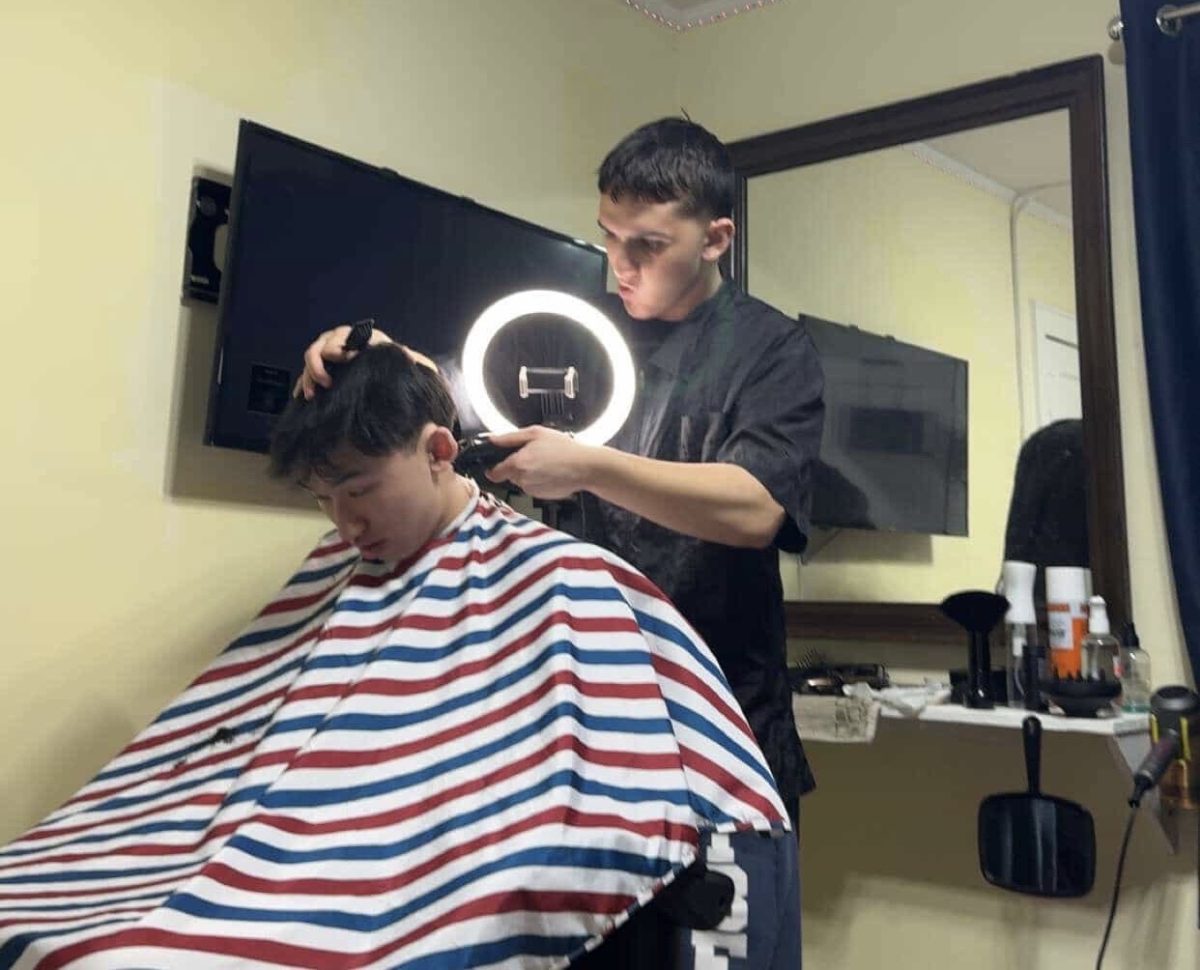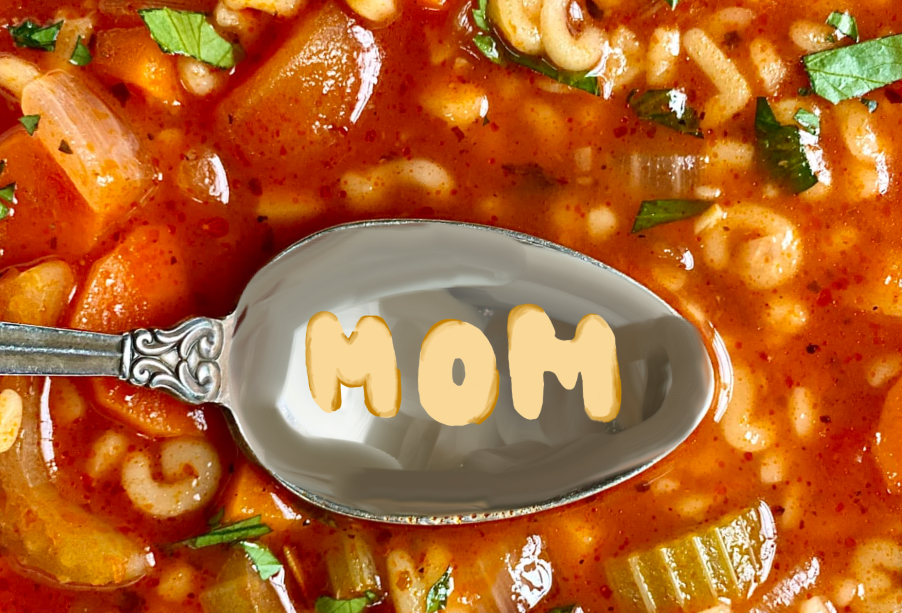
Grainy photographs. Archaic headlines. Memories as faded as the ink on the paper. I’d always felt compelled by the first edition of The Southerner—its immortality subliminally captivated me. But it was the lateness of the 5:20 bus that forced my hand. I caved. I stepped toward the artifact’s harrowing aura. And I read it. I thought reading the oracle just once could quench the primal desire to visit a place I could never go: South High 66 years ago. Still, I grew curious. Reading it was like being told a secret, and I felt interconnected with it in an inexplicable way. Who were these names? What were these stories? Obsessive as I am, I went down the rabbit hole. Here’s what I found.
South High was built in the wake of the Baby Boom following WWII, when Great Neck’s student population quintupled. At this time, many students from Great Neck Senior High School (now Great Neck North) were relocated to South High School, newly built on the grounds of the former Phipps estate. Having opened its doors in 1958, South’s inaugural graduating class was the class of 1959. The 1959 Yearbook, the Vista (read on gnhs1959.org -> Yearbooks), gives modern South students a rich, vibrant record of South’s first year as it recounts goings-on at South during this time of change. Various elements coalesce to give the reader a sense of what South culture was at the time.
While North High students are our sworn rivals today, North students were old chums to these early South students—the select group that took a leap of faith by departing from the known and relocating to South High. This mass migration, aided by the administration of then principal Ruel E. Tucker (to whom the Ruel E. Tucker auditorium is dedicated), united this first flock of South High students. The 1959 Yearbook, the Vista, reads, “those seniors…migrated to southern lands to establish the first graduating class of Great Neck South Senior High School. Of course, we didn’t forget the memories and friends shared up North, but we did build many new ones to add to the old.”
Flipping through the Activities section, one can see that South’s club culture in 1959, surprisingly, mirrors our current one in many ways, but not without its differences. Perhaps surprisingly, staple organizations, such as Athletics, Theatre South, Key Club, and The Southerner persist to this day. Over time, however, we have dropped/altered clubs that involved large portions of students during our first year. These include the Boys’ and Girls’ Hi-Y (a school service club), the Junior Red Cross Council, the G. O. (General Organization, a broad-reaching student organization that sponsored dances, assemblies, and more), and others.
At the center of student life at South during this time was a shared student identity, which the Vista describes in detail with heart-warming anecdotes and jokes about day-to-day life at South. “The student body at Great Neck South,” the 1959 Vista reads, “with its enthusiastic support, was the primary factor in the overwhelming success of our first year.” School-sponsored events, such as the “Soph Spree” (a volleyball-dance night), Spring Fling, and “Senior Sumpin” (a senior dance), were the pillars of South life in this era.
While South’s students at this time placed a greater emphasis on these school-affiliated events than we do today, certain traditions, such as the Junior/Senior Proms, College Board exams, and Regents have stood the test of time. In a broader sense, South’s initial values have as well. We continue to be an academically rigorous and even more diverse school than in 1959.. Our alumni are changemakers and leaders in their communities—members of the class of 1959 graduated from some of the country’s finest institutions and went on to become archaeologists, doctors, businessmen, and more. Like them, today’s students are driven and disciplined, yet unafraid to explore our diverse interests.
Looking through the Vista yearbook, it is clear that students back then embraced these values. While South has evolved dramatically since 1958, in many ways for the better, reflecting on the past can help shape the culture we’d like to foster at South High today. Organizing assemblies and having music piped into the cafeteria, students took action for their peers with as much vim and verve as they did for themselves—all was for one, and one was for all. Caught up in the rat race, we now tend to prioritize our individual success over our collective success. Life wasn’t a picnic in the 1950s, and it certainly isn’t now. But reembracing the “all for one, one for all” mindset, like students so readily did back then, could be the spark South High is missing. As the 1959 Vista reads, “The most important [layer of bricks] to [South High’s] foundation was the students, a most important group.”







